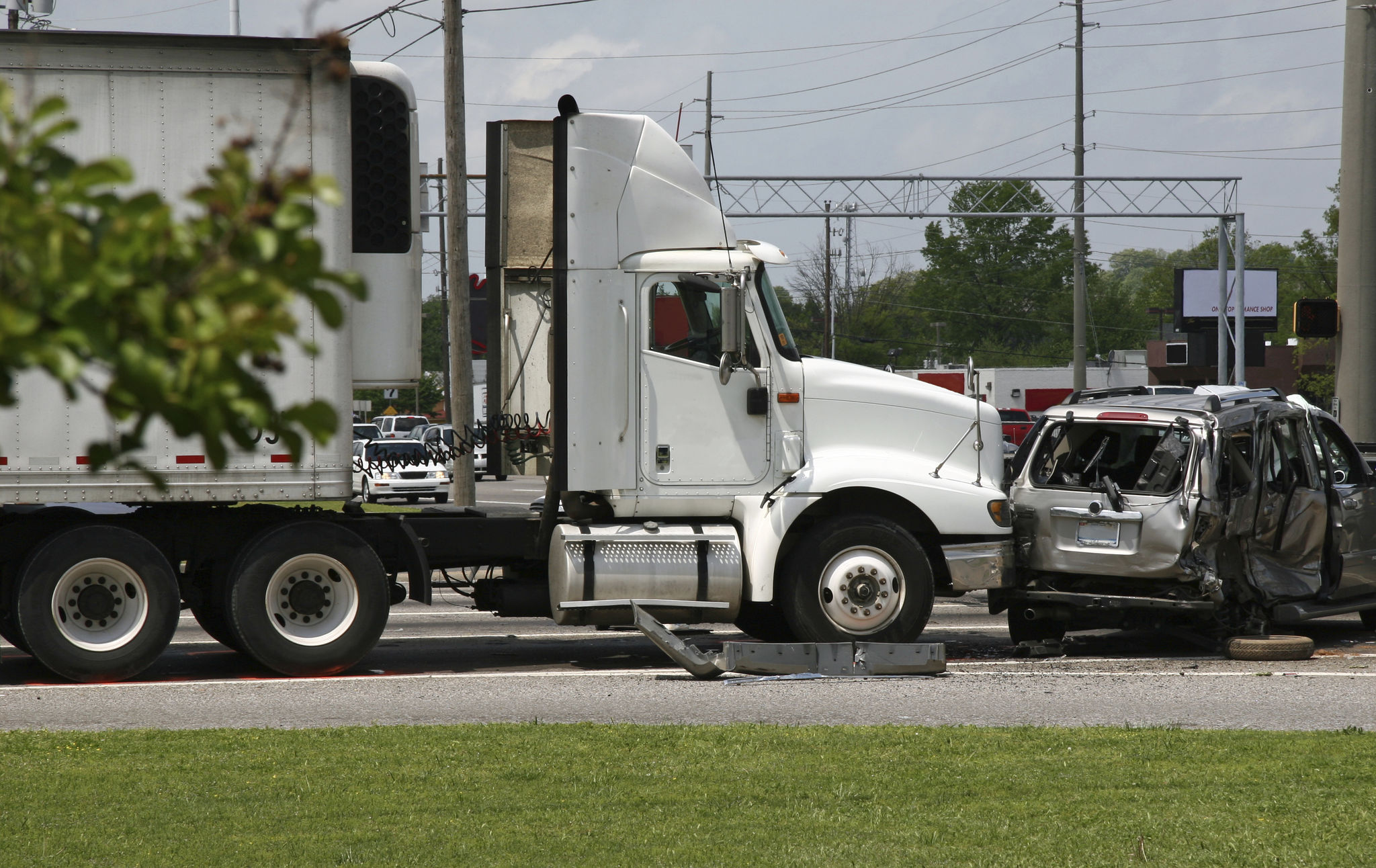Expert Tips for Reducing Accidents in the Trucking Industry
Understanding the Scope of Trucking Accidents
The trucking industry plays a crucial role in the economy, transporting goods across vast distances. However, it also carries inherent risks, with accidents posing a significant threat to drivers and the public. Understanding the scope of these accidents is essential for implementing effective safety measures. In recent years, advancements in technology and improved safety protocols have contributed to a decline in accident rates, but there's always room for improvement.
Trucking accidents can result from various factors such as driver fatigue, equipment failure, and adverse weather conditions. By identifying and addressing these risks, companies can significantly reduce the likelihood of accidents and enhance overall safety.

Prioritizing Driver Training and Education
One of the most effective ways to reduce accidents in the trucking industry is by investing in comprehensive driver training and education programs. Well-trained drivers are better equipped to handle challenging driving conditions and unexpected situations on the road. Companies should focus on both initial training for new drivers and ongoing education for experienced ones.
A key component of driver training should include defensive driving techniques, which can help drivers anticipate and respond to potential hazards. Additionally, educating drivers about the importance of rest and the dangers of fatigue can significantly decrease accident rates.
Implementing Advanced Safety Technologies
Advancements in technology have provided the trucking industry with numerous tools to enhance safety. Implementing advanced safety technologies can prevent accidents and protect drivers. Some essential technologies include:
- Collision Avoidance Systems: These systems use sensors to detect potential collisions and alert drivers, giving them time to react.
- Electronic Stability Control (ESC): ESC helps prevent rollovers and loss-of-control accidents by automatically applying brakes to individual wheels.
- Telematics: This technology allows fleet managers to monitor driver behavior and vehicle performance in real time, helping identify areas for improvement.

Regular Vehicle Maintenance
Regular maintenance is crucial to ensure that trucks are in safe operating condition. A well-maintained vehicle is less likely to experience mechanical failures that could lead to accidents. Companies should establish a routine maintenance schedule that includes thorough inspections of brakes, tires, lights, and other critical components.
Encouraging drivers to conduct pre-trip inspections can also help identify potential issues before they become serious problems. By fostering a culture of safety and responsibility, companies can minimize risks associated with equipment failure.
Promoting a Safety-First Culture
A strong safety culture within a trucking company can lead to significant reductions in accident rates. This involves creating an environment where safety is prioritized at all levels, from executives to drivers. Encouraging open communication about safety concerns and rewarding safe driving behaviors can foster this culture.

Management should also lead by example, demonstrating a commitment to safety through policies and practices that emphasize its importance. When everyone in the company is focused on safety, it becomes an integral part of daily operations.
Conclusion
Reducing accidents in the trucking industry requires a multifaceted approach that includes driver training, advanced technology, regular maintenance, and a culture of safety. By implementing these expert tips, companies can protect their drivers, reduce liability, and contribute to safer roads for everyone. Emphasizing safety not only benefits the company but also enhances its reputation as a responsible industry leader.